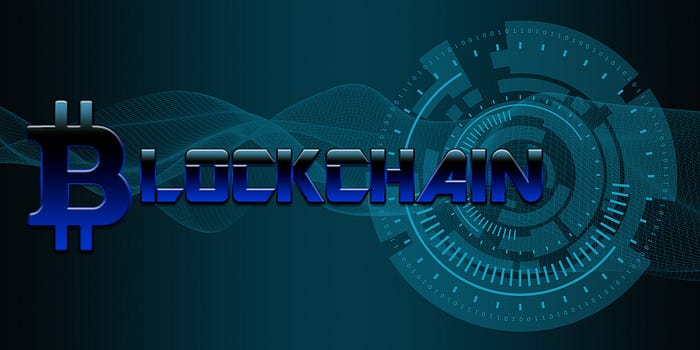Blockchains are described as distributed ledgers. Their data management, payment settlement, and digital asset applications offer significant advantages over currents solutions. Software development for distributed ledger technology employs both established programming languages like C++, and specially designed ones like Solidity. In the modern economy, the demand for implementing distributed ledgers and their applications is quite fantastic.

Distributed Ledger vs. Cryptocurrencies
In regards to their mass adoption, distributed ledgers face regulatory and organizational challenges. This new ledger technology is often misunderstood. In fact, TechBeacon.com says that blockchain lacks a clear definition. Some experts will go as far as to say that the word “blockchain” should be reserved for referencing the Bitcoin public ledger. This is too narrow a definition for a distributed ledger. It needs to include the consensus protocols among its defining attributes.
Cryptocurrencies allow for the exchange of value. Most cryptocurrencies employ distributed ledger technology. However, private ledgers have little or no use for cryptocurrencies. Companies that employ private ledgers often seek greater efficiency and improved data management solutions.

Consensus Mechanisms
These “centralized” ledgers are not true distributed ledgers. They may increase transparency, but without distribution to a network of peers, validations and trust become privy to a single entity or small group. This occurs even among limited access ledgers, not just corporate ones.
Timestamping accompanied by cryptographically securing a previous block of information is very enticing for businesses. Various consensus mechanisms are used here. Proof-of-Work (PoW) and Proof-of-Stake (PoS) are among the most popular. They enable peer-to-peer (P2P) transactions without the need to trust costly third parties. Instead, the ledger technology serves as the trust mechanism. As blocks are added to the chain, a database becomes more secure and immutable. However, these advantages are limited when using private chains.
Decentralized Applications
Emerging software for distributed ledgers focuses on decentralized applications (dApps). This entails using smart contracts for storage, verification, and execution of code on a ledger. New programming languages like Ethereum’s Solidity facilitate the development of dApps. Projects like Hyperledger also offer benefits by networking several platforms to help developers build ledger applications on top of existing systems.
Top Programing Languages
Below are UbuntuPit’s list of the top five most appreciated distributed ledger programming languages:
- C++
- Java
- Python
- Ruby
- Solidity
- Go
- C#
- Javascript
C# Corner recognizes Java as the most popular language and Python second. C++ also ranks among its top languages. Solidity is popular because of Ethereum and related projects. Golang (GO language) is Google’s which gained momentum through a variety of projects (including Ethereum). C#’s popularity is owed to Microsoft’s efforts and .NET.

Layering Existing Architecture
Thanks, in part, to the variety of programming languages, distributed ledgers are rapidly integrating across industries. Developers are providing organizations with the ability to add layers on top of existing architecture to leverage ledger technology. By adding multi-functional and transparent databases, the world’s digital records are undergoing a dramatic paradigm shift that has begun to eliminate middlemen who provide little or no value.
Leveling the Playing Field
Distributed ledger technology levels the playing field for smaller players. In conjunction with P2P networks, smart contracts are capable of self-executing as a payment medium between organizations and their customers. With no middlemen, large players cannot unduly influence the market toward limiting small companies and individuals. This is why distributed ledger technology represents such a very exciting time. It represents a paradigm shift for software development and applications.